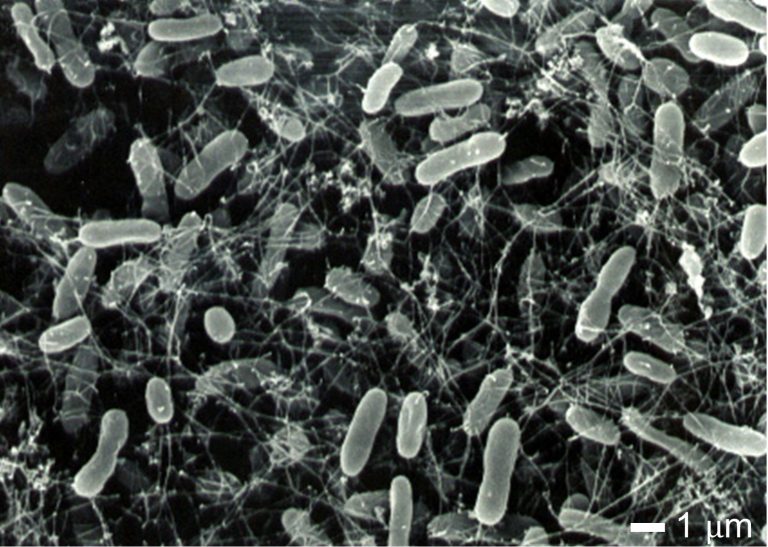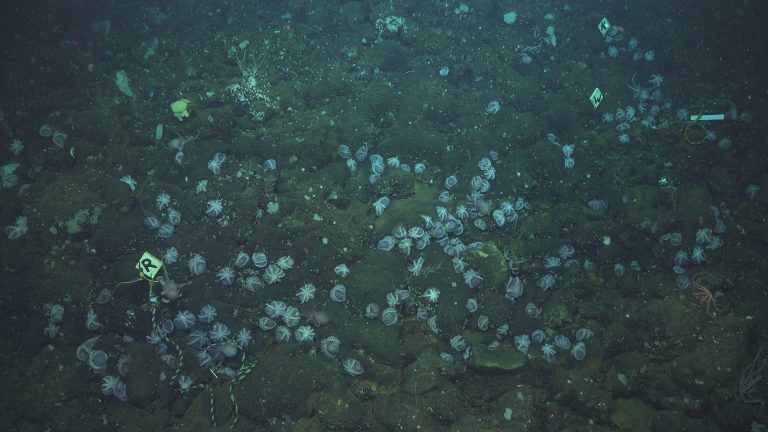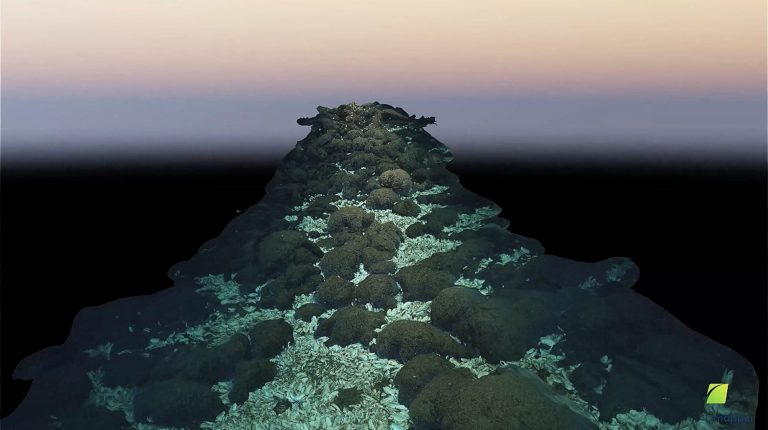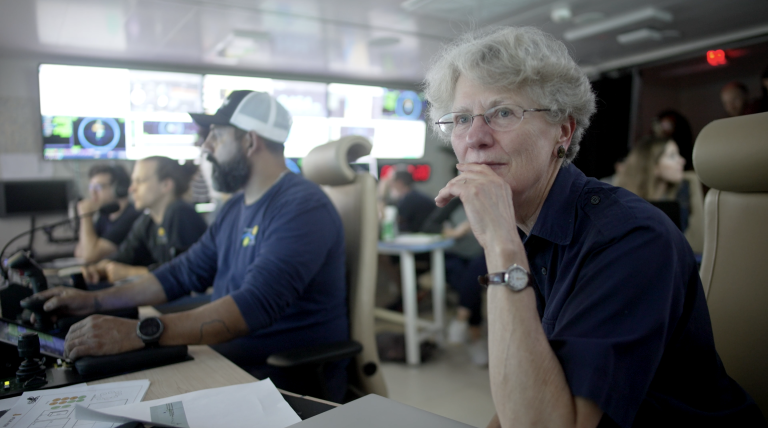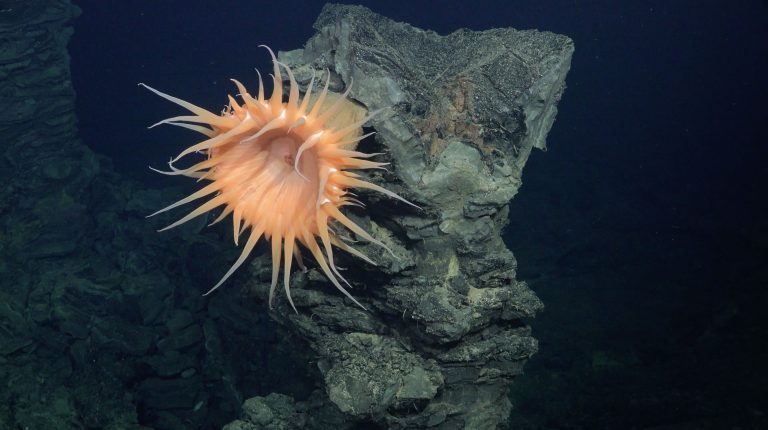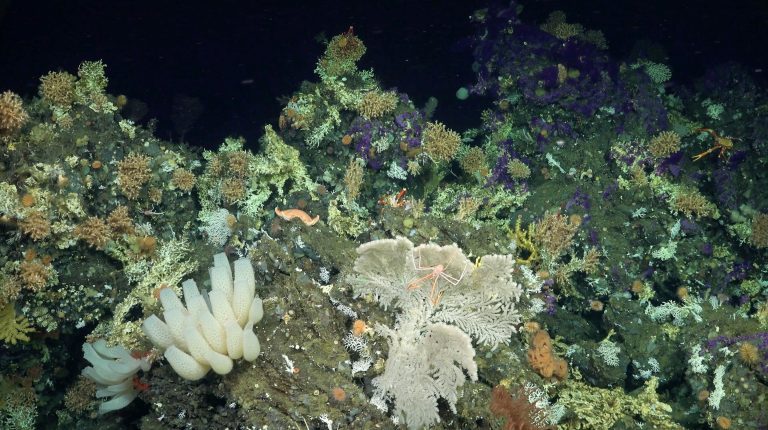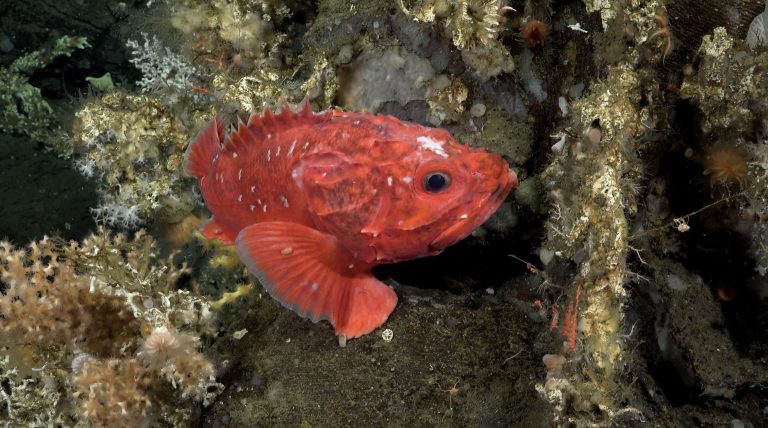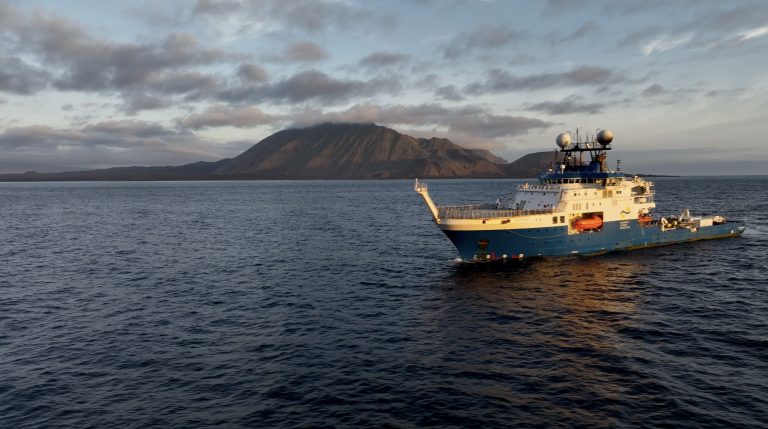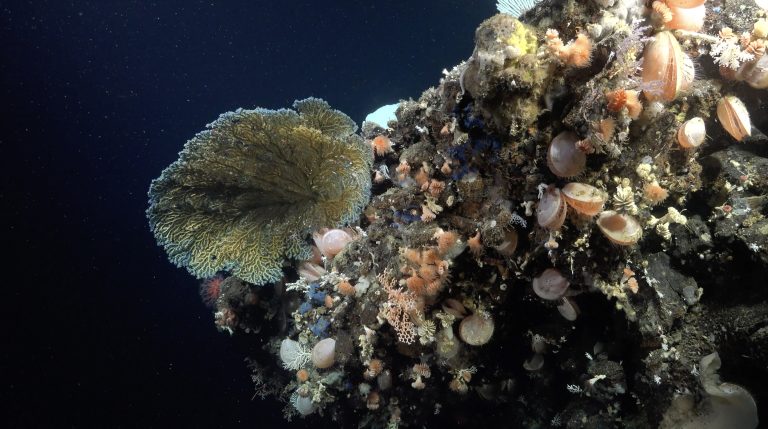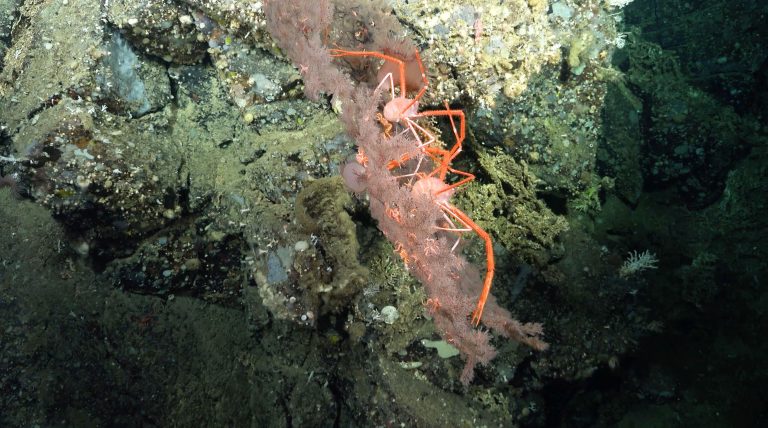Log Post: Microbial Magic in the Deep
Seamounts are oases of life in the deep sea. These towering rocky features provide substrates for diverse animals and serve as conduits for deep ocean water to venture in and out of the crust. Water-rock reactions at and below the seamount are also key to microbial magic in the deep ocean, creating chemical compounds that … Continued
